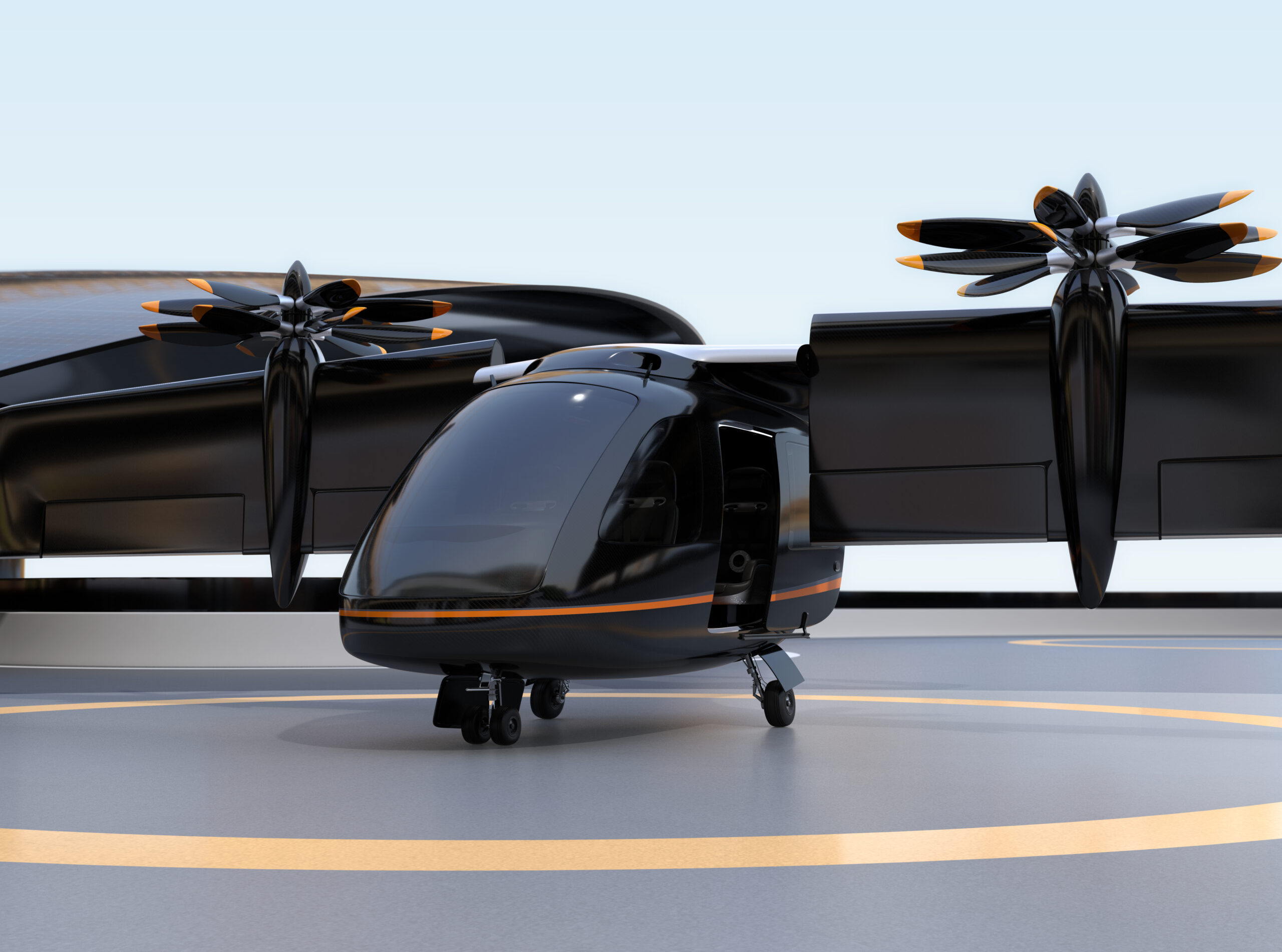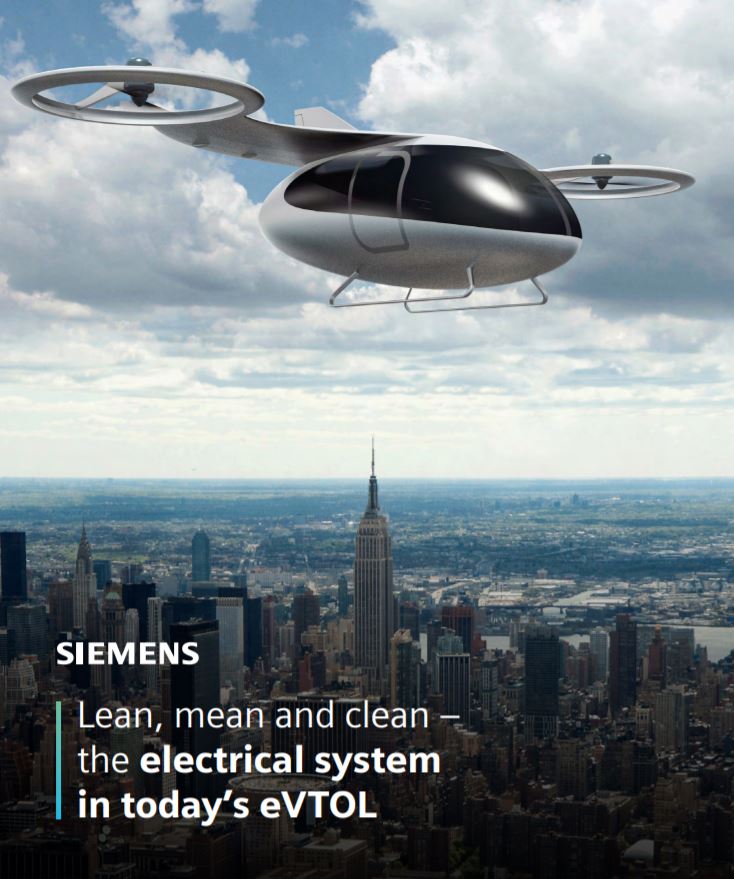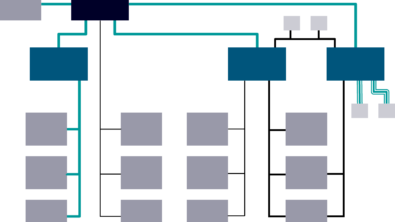How E/E systems development solutions help fulfill the promise of eVTOL (Part 1-3)

eVTOL Takes Flight
In this new 3-part series, we explore the expanding world of electric vertical take-off and landing (eVTOL). What is eVTOL? What does it offer? What challenges are faced by this growing market? Also, how will startup companies address these challenges? We will especially look at those challenges that relate to the need for successful electric and electronic (E/E) systems development solutions.
Part 1 – the promise of eVTOL
For over a decade now, the idea of electric vertical take-off and Landing (eVTOL) vehicles has been becoming less of a dream. Flying cars and human-sized drones are becoming more of a reality. Start-up companies backed by committed investors as well as aerospace OEMS are on the path to create new and exciting forays into the frontier of urban air mobility. Electrical power systems, propulsion and battery life continue to experience a high rate of advancement. Therefore, the possibilities for eVTOL vehicles have grown almost unprecedentedly.
With great risk comes great reward.
Companies entering this highly competitive space are doing so for the chance to reap huge rewards. However, the race to be the first-to-market comes at a high cost. The amount of investment in this technology is no fantasy. The time from initial aircraft concept to production delivery and revenue can be anywhere from 7 years on average to up to a decade and could cost upwards of $1B. According to Markets and Markets, the global eVTOL aircraft market stands at about $8.5 billion now. By 2030, it may reach $30.8 billion.
eVTOL may hold the key to fast, clean, affordable urban flight. To design and build a craft that will deliver on the promise starts with the understanding of the challenges faced, and a commitment to solving them. eVTOL vehicles have many unique variables that require attention. For example, they must be lightweight, yet strong and safe. Power consumption levels and storage capacity are pacing factors and demand efficiency from the electrical systems on board. These vehicles must meet a litany of still-under-development certifications. They must also be able to pivot and adjust dependent on change in regulation. Also, they must meet the challenge of being a reliable mode of air transportation while being fully electric.
The fact is that increased platform electrification increases the challenge of multiple electronic systems needing to work together. This has been traditionally expected in larger and more complex platforms. Increased electrification in turn leads to an increase in complexity during development. If this is not understood or addressed with intention, it can lead to problems later.
For successful E/E systems development, one of the key components will be the use of a comprehensive digital twin. This a virtual model that is the exact counterpart of the systems being created. The digital twin enables early examination of what will happen with physical assets now and in the future and can also be used to model any number of possible realities before creation. The digital twin helps not only with faster testing and change management, but it can help to break down siloed information throughout the process. (Be sure to check out our blog next week: 4 Key Capabilities of a Successful E/E System Development Solution for eVTOL – to learn more!)
Successful E/E systems development solutions leverage digital twins to identify and prevent errors, analyze performance and quickly complete trade studies. This reduces risk early in the design resulting in reduced cycles of trial and error.
The tremendous opportunities of the eVTOL market gives rise to the need for E/E architecture design software that not only supports, but can grow and expand with this fast-moving, high-stakes industry. Application of the twin can dramatically compress development timescales, support compliance mandates, and foster engineering innovation, leading ultimately to success.
Interested in learning more?

Download our executive ebook “Lean, mean and clean – the electrical system in today’s eVTOL”! Learn more about the challenges facing eVTOL companies, and how a digital twin can provide a step up on the competition.


